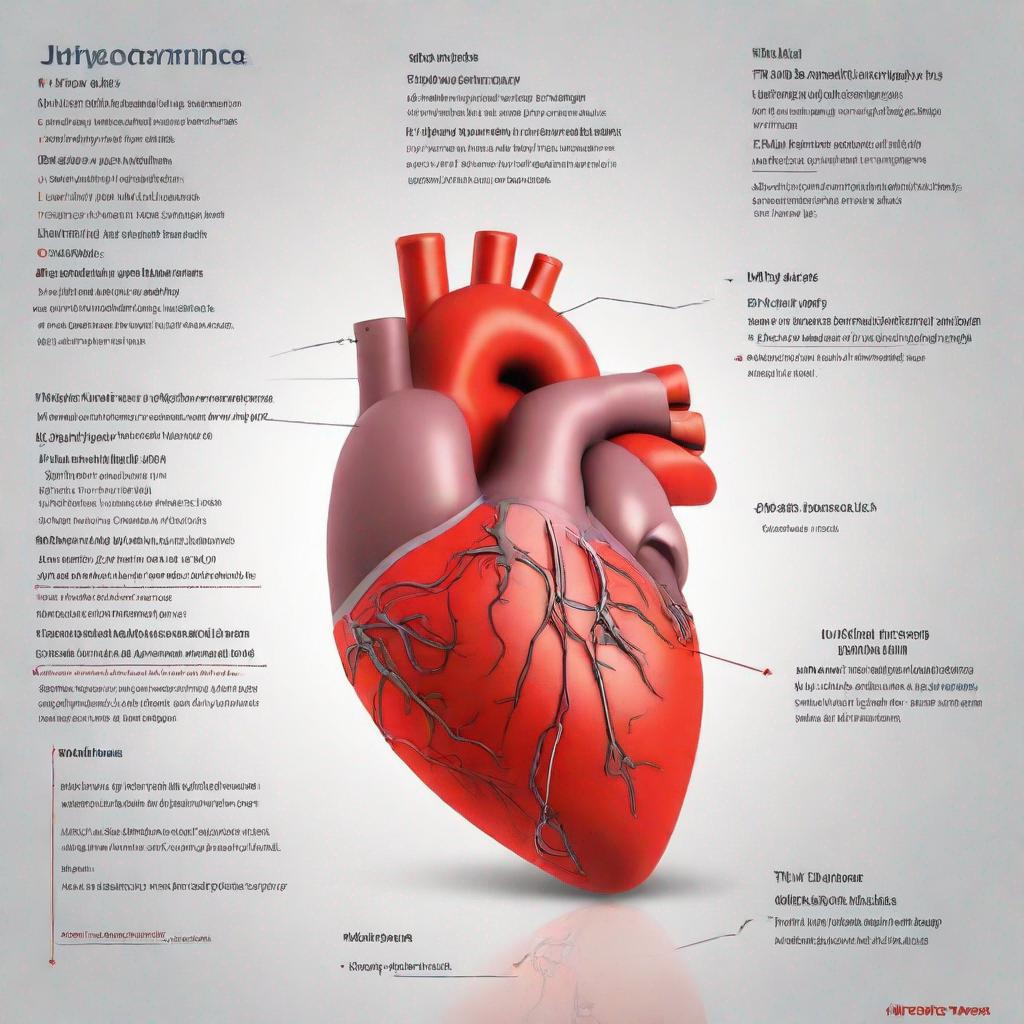## Echocardiography: A Comprehensive Guide to Cardiac Ultrasound Imaging
### Introduction
Echocardiography, commonly known as a cardiac ultrasound, is a non-invasive medical imaging procedure that uses high-frequency sound waves to produce real-time images of the heart. This test allows medical professionals to assess the structure and function of the heart, identifying various conditions and diseases.
### Procedure
Echocardiography is performed by a trained technician or doctor, usually a cardiologist, using a transducer probe. The transducer emits sound waves that travel through the chest wall and reflect off the heart. The reflected sound waves are then processed by a computer to create moving images of the heart’s structures.
**Types of Echocardiography:**
– **Transthoracic echocardiography (TTE):** The most common type, where the transducer is placed on the chest wall.
– **Transesophageal echocardiography (TEE):** The transducer is inserted into the esophagus for a closer view of the heart.
– **Stress echocardiography:** Combines echocardiography with stress testing to evaluate heart function during exercise.
– **Doppler echocardiography:** Assesses blood flow through the heart valves.
– **3D echocardiography:** Creates three-dimensional images of the heart for more detailed evaluation.
### Diagnosis
Echocardiography can help diagnose various heart conditions and diseases, including:
– Congestive heart failure
– Valvular heart disease (e.g., aortic stenosis, mitral regurgitation)
– Pericardial disease
– Cardiomyopathy (e.g., dilated cardiomyopathy, hypertrophic cardiomyopathy)
– Cardiac arrhythmias (e.g., atrial fibrillation)
– Septal defects (e.g., atrial septal defect, ventricular septal defect)
### Importance
Echocardiography plays a crucial role in medical diagnosis as it provides:
– Detailed images of heart structures and valves.
– Assessment of heart function and blood flow.
– Monitoring of cardiac conditions and treatment responses.
– Detection of heart abnormalities in individuals with symptoms suggestive of heart disease.
– Screening for individuals with risk factors or family history of heart disease.
### Alternatives
Alternative tests or procedures that can provide information about the heart’s function include:
– **Electrocardiogram (ECG):** Records electrical activity of the heart.
– **Chest X-ray:** Provides static images of the heart’s size and shape.
– **Cardiac catheterization:** Invasive procedure that involves inserting a catheter into the heart.
### Preparation
Preparation for echocardiography is generally minimal and may include:
– Fasting for several hours before the test to improve image quality.
– Wearing comfortable, loose clothing that allows access to the chest.
– Informing the technician or doctor of any allergies or medical conditions.
### Duration
An echocardiography test typically takes about 30-60 minutes to complete. Results are usually available immediately after the test, and a written report is typically provided within a few days.
### Recommendations
Additional tests that may be recommended in conjunction with or following echocardiography include:
– **Electrocardiogram (ECG)** for monitoring electrical signals in the heart.
– **Blood tests** to assess heart enzyme levels and overall health.
– **Stress testing** to evaluate the heart’s function during exercise or physical exertion.


